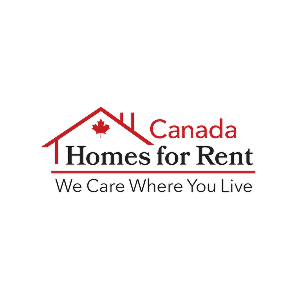Securing the right financing structure is crucial for multi-family real estate investors aiming to maximize returns and sustain long-term growth. The right loan terms can determine cash flow stability, debt servicing efficiency, and overall investment success. Investors should start by defining their investment strategy—whether it's buy-and-hold, value-add, or development—and selecting financing that aligns with their long-term goals. Understanding available options, such as traditional bank loans, private lending, or CMHC-insured financing, helps ensure informed decision-making.
A well-structured financing plan allows investors to accurately predict the financial viability of a project. This includes conducting a thorough debt-service coverage ratio (DSCR) analysis, ensuring the loan-to-value (LTV) ratio is optimized, and choosing an amortization period that balances cash flow with long-term cost efficiency. Avoiding pitfalls such as high prepayment penalties, variable-rate risks, or balloon payments that could create future financial strain is key to maintaining profitability.
Navigating the complexities of commercial real estate lending requires careful consideration of lender requirements and underwriting standards. Investors should proactively gather and organize financial documentation, including rent rolls, operating statements, and pro forma projections, to present a strong application. Engaging multiple lenders to compare term sheets and negotiating for the best interest rates and repayment structures can result in more favorable financing terms. Additionally, structuring financing in a way that preserves liquidity—such as securing interest-only periods or flexible repayment options—can provide a cushion during market fluctuations.
Investors should also factor in future scalability when selecting a financing structure. Options such as refinance-friendly loan terms, equity takeout provisions, and credit facilities that support portfolio expansion allow for continued growth. For those pursuing CMHC-insured financing, ensuring compliance with affordability requirements and energy efficiency incentives can open doors to lower-cost capital and longer amortization periods, improving long-term financial outcomes.
A proactive financing approach is essential for long-term success in multi-family real estate investing. By structuring loans strategically, negotiating favorable terms, and planning for future scalability, investors can mitigate risks, enhance profitability, and ensure their financing supports—not hinders—their ability to grow and adapt in an ever-changing market.
Partnering with an experienced mortgage broker can make all the difference in securing the right financing structure. With access to multiple lenders and deep industry expertise, a broker helps investors navigate complex lending requirements, secure the best possible terms, and develop a financing strategy that supports long-term growth. If you’re looking to maximize the potential of your real estate investments, reach out today to explore the best financing solutions tailored to your needs.
Jordan Perry
Mortgage Associate
REI Capital
Mortgage Associate Lic. No. 200095597



